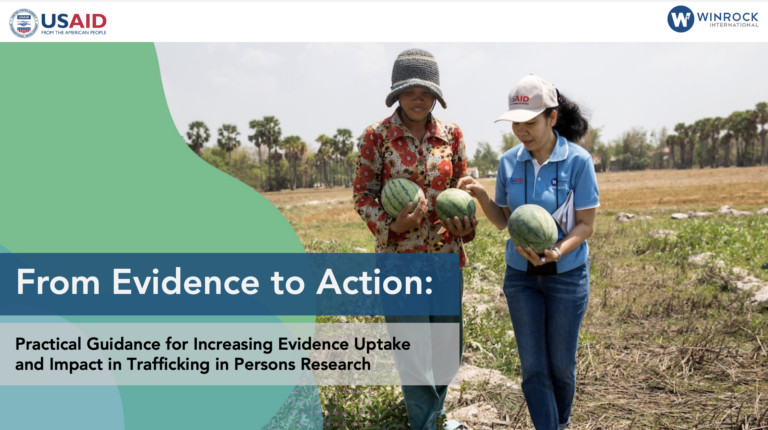Strengthening protections against trafficking in persons in federal and corporate supply chains: Research on risk in 43 commodities worldwide
GuidanceMore than twenty million men, women and children around the world are currently believed to be victims of human trafficking, a global criminal industry estimated to be worth $150.2 billion annually. As defined in the US Department of State’s ...Read More

